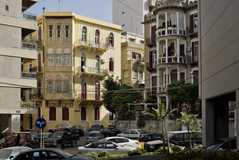/ Beirut
Kings of the hill
Beirut’s Christian quarter of Ashrafieh has weathered civil war, terrorist assassinations and the recent Hezbollah-Israeli conflict. But today, the hill-top neighbourhood is once again under threat, this time from developers who are destroying the old palaces to build high-rises for the country’s internationally mobile elite.
Ashrafieh, east Beirut’s upmarket Christian neighbourhood, has shown incredible resilience during Lebanon’s rocky history. The HQ for Christian militias during the long Civil War, it is also where the country’s most vocal anti-Syrian journalist Samir Kassir was assassinated in 2005. The following year it became a target of anti-Christian hate when Denmark’s embassy, which lies at its heart, was attacked by an angry crowd following the publication of the infamous cartoons depicting the Prophet Mohammed in Danish newspapers. While this was not enough to scare away its residents, the war between Lebanon’s Hezbollah and the Israeli army in 2006 led many residents to relocate to the Gulf or Europe.
Today, the neighbourhood is once again up in arms, though this time it has nothing to do with politics. While the rest of the country seems to crumble in despair, property is booming here, fuelled by an ever-growing and wealthy group of international Lebanese who want to live in this more open and western enclave of Beirut.
“Beirut’s architecture was like a beautiful piece of embroidery,” snaps Lady Yvonne Cochrane, the former head of APSAD, an association that fights to protect the city’s historical buildings. “Having destroyed the rest of Beirut, developers are now intent on taking Ashrafieh.”
Ashrafieh, which forms a large hill overlooking Beirut’s historical heart, began as a field of mulberry trees. In the mid-19th century, a handful of wealthy Greek Orthodox families, who had until then lived within the confines of Beirut’s old walls, moved here. “It was greener, they had all the room they needed to build their palaces and they had a great view over the city, its port and Mount Lebanon,” explains historian Leila Kamel, who has written a book on the neighbourhood.
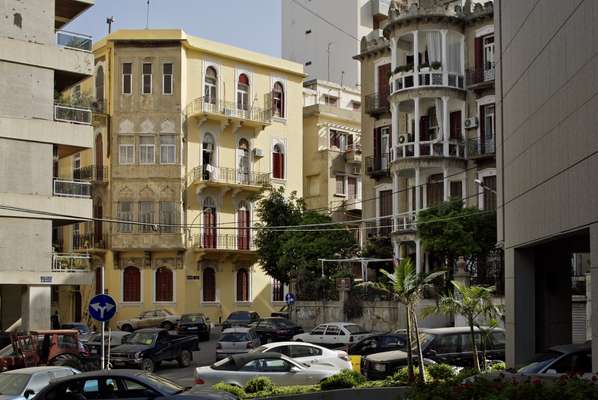
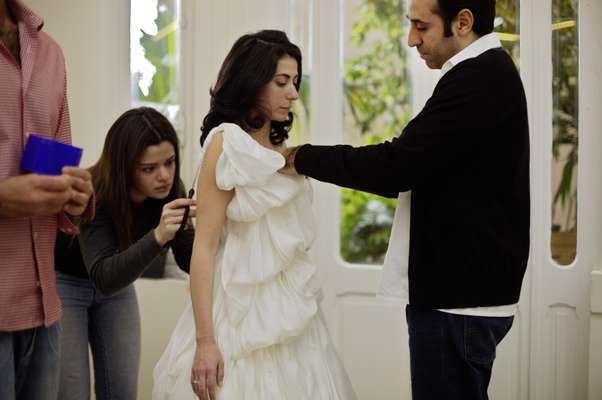
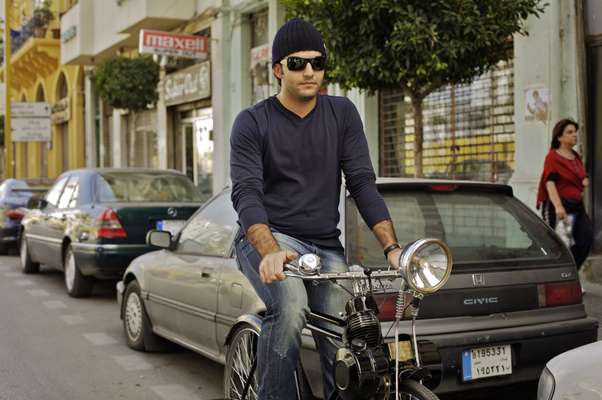

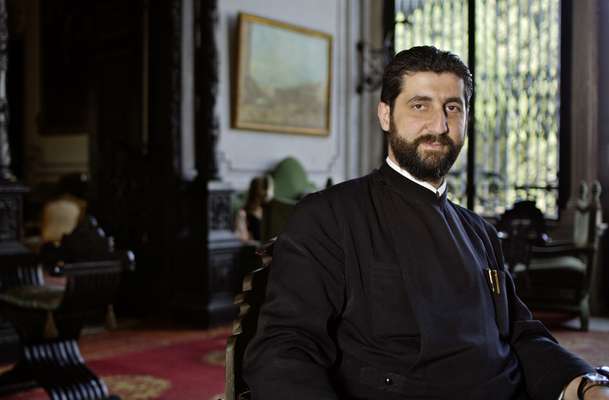
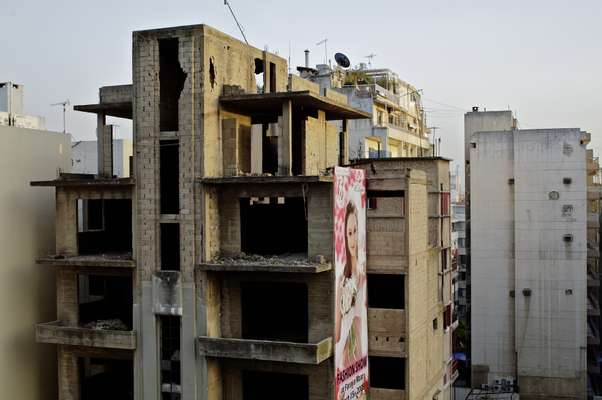
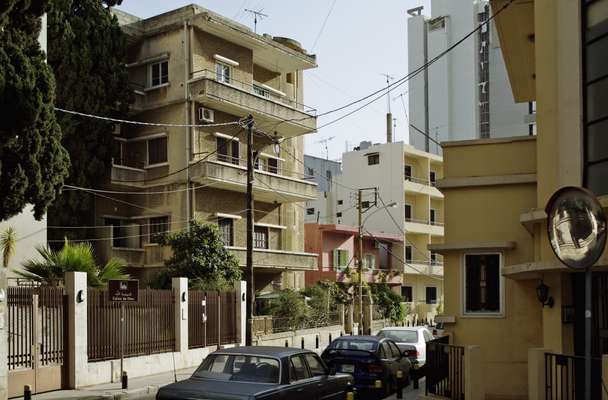

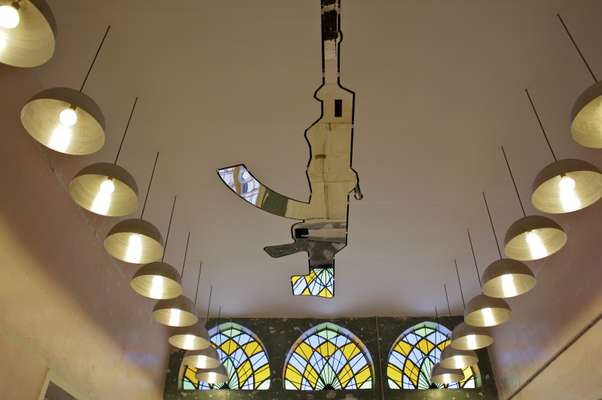
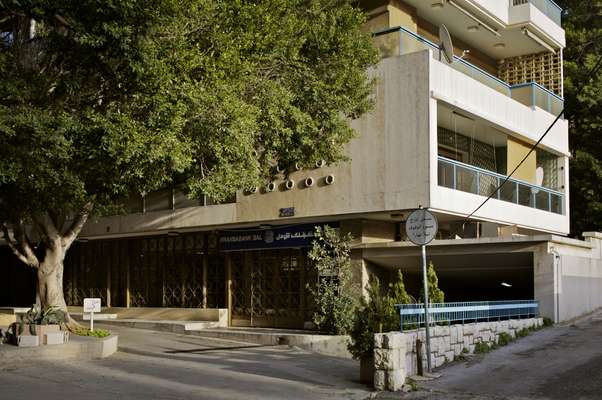

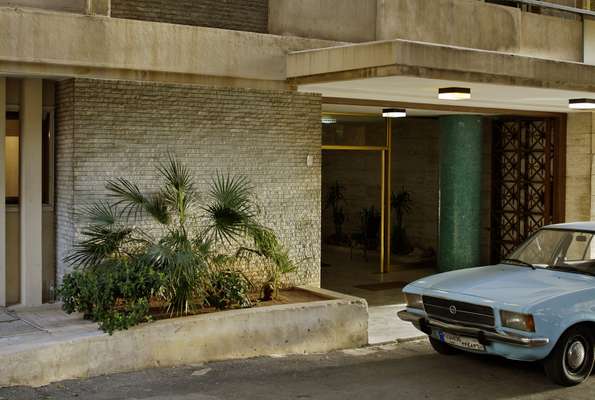
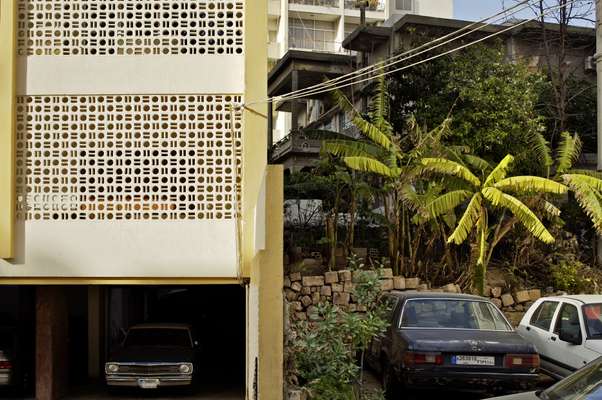


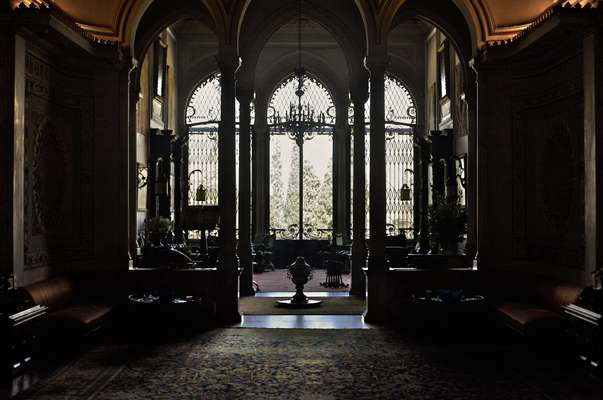
The most impressive houses were owned by the Sursocks, often referred to as the Rothschilds of Lebanon. Lady Cochrane is the daughter of Alfred Bey Sursock. Throughout the Ottoman Empire, these aristocrats, businessmen and fin de siècle dandies were famous for their entertaining. In 1898 the German Kaiser Wilhelm II on his tour of the Middle East stopped for tea with them, and before that, the Grand Duke of Russia stayed the night in one of their many mansions (the Russians were ardent supporters of the Greek Orthodox community, whom they viewed as the link with Byzantium).
At the end of the First World War, the rule of the Ottoman Empire in Lebanon was replaced by that of the French. They built picturesque buildings in east Beirut that mixed Haussmanian and Oriental architecture. It’s a style George Arbid, architecture professor at the American University of Beirut, regrets. “The French wanted to build Oriental things… they were stuck in the 19th century, while Lebanese architects were well ahead, preferring modernist buildings.” And with the French came the Maronites, their Catholic allies in the country who, with the help of the Jesuits, moved down from their historical base in the Lebanese mountains and set up their own institutions in Ashrafieh. Ever since, Ashrafieh has been the seat of Lebanon’s Christian communities. Of the 17 recognised religious denominations in Lebanon, more than 10 are Christian, and each has a hospital, a school, not to mention a church in Ashrafieh.
“People are very attached to the area and its traditions. Unfortunately, with the increasing number of young people emigrating and the construction of concrete buildings in place of the traditional sandstone houses, Ashrafieh’s romantic cachet is disappearing,” says Father Camille Moubarak, a Maronite priest and former dean at La Sagesse University.
The destruction of Ashrafieh’s old houses is proving hard to stop. Beirut’s council’s vice president, Tawfik Kfoury, says some owners go out of their way to minimise interest in keeping their houses standing. “They often claim their house is a hazard to the public because of a crumbling balcony or wall.” As property consultant Guillaume Boudissot says, “Wealthy Christians working abroad are driving up demand for luxury apartments, while developers are ready to give millions of dollars for a piece of land in the triangle d’or,” which starts in the Rue Sursock and leads to the gleaming new ABC Mall. “Only millionaires can afford to live here now,” he adds.
During Lebanon’s Civil War, the area became the headquarters for the fierce Maronite Phalangist militia, whose leader, Bachir Gemayel was president of the Lebanese republic in the early 1980s, before being killed 10 days into the job. Today his wife, Solange, is a politician for Beirut while his nephew Pierre Gemayel, a former minister, was killed last year – another in a long list of political assassinations that started with former prime minister Rafik Hariri in 2005. Regularly, followers of the Christian parties parade on the Place Sassine, the highest point in Ashrafieh, and a modern local landmark.
The divide between Beirut’s neighbourhoods, with Ashrafieh to the east and the Sunni populated districts of Hamra and Ain Mreisseh to the west, started with the war, when crossing to the other side meant risking your life. The divide has been reinforced ever since. “To me, Ashrafieh is just like Dahieh [Beirut’s pro-Hezbollah and Shia southern suburb],” says Kamal Mouzawak, the founder of Souk el Tayeb, Lebanon’s first farmer’s market. “I cringe when I have to go there. It’s the ultimate ghetto. It’s too Christian.”
“People have a tendency to pigeonhole Ashrafieh’s residents as the Christian bourgeoisie who prefer to speak French than Arabic, yet there’s so much more to it,” insists Abdallah Almachnouk, who works for an independent music label. “Ashrafieh is also an amalgam of small villages, each full of character, and usually overlooked because they’re not chic.”
Today, Ashrafieh is full of cranes. Developers are tearing down the old to build giant towers, the scale of which dwarf the rest of the neighbourhood. Yet before the cranes go up, archeologists always come in to make a systematic survey. In antiquity, Ashrafieh was part of Beirut’s necropolis, outside the city gates, and so, with each new dig appear incredible Phoenician artifacts, Roman sarcophagi and early Christian churches. A surreal historical wealth that annoys most developers, and keeps Lady Cochrane wondering, “Why is it that in Paris or Rome the old city is preserved, while here we destroy and build on top?”

